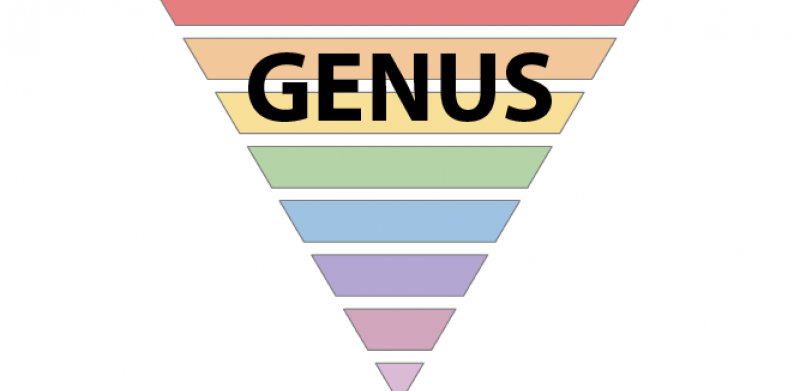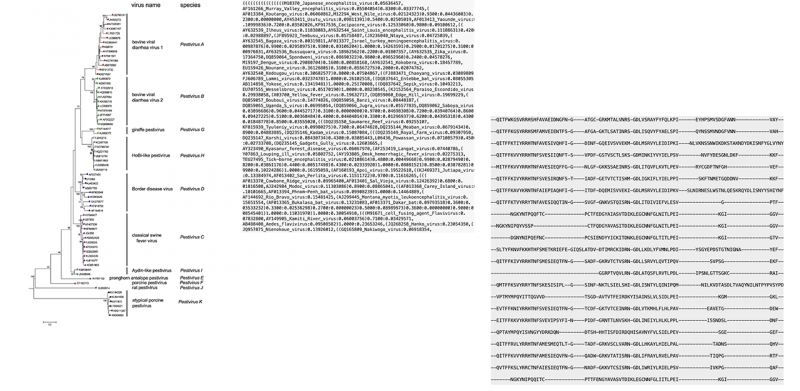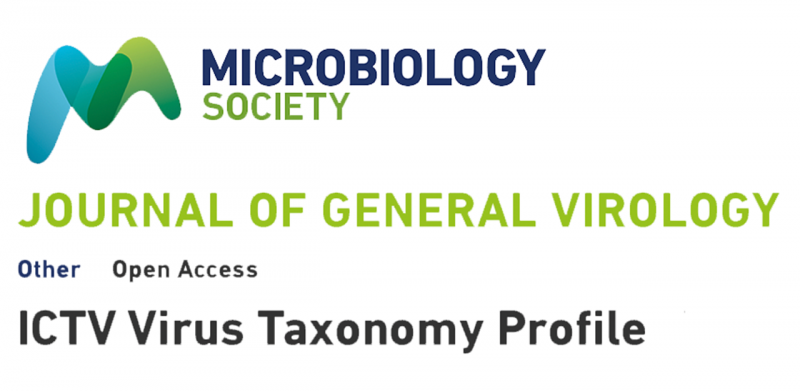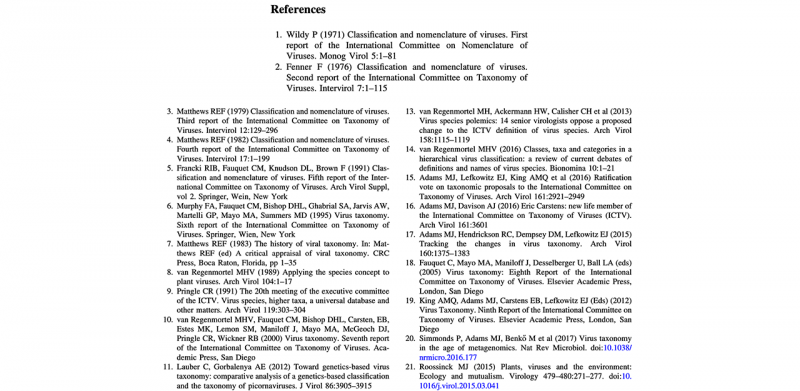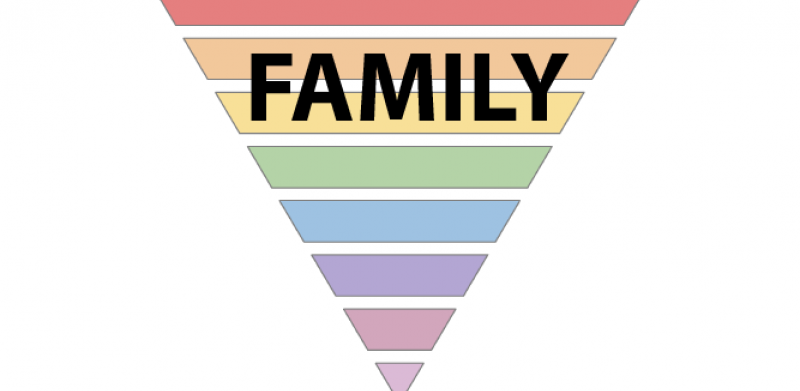Genus: Alefpapillomavirus
Subfamily: Secondpapillomavirinae
Genus: Alefpapillomavirus
Distinguishing features
The exemplar isolate of the single species in this genus (the only genus in the Secondpapillomavirinae) was associated with skin lesions of fish, gilt-head (sea) bream (Sparus aurata), and has the smallest papillomavirus genome known. The genome consists of the core viral proteins (E1, E2, L1, and L2).

